Filter by
The language used throughout the course, in both instruction and assessments.
233 results for "algorithmic trading"

Coursera Project Network
Skills you'll gain: Data Analysis, Data Visualization, Machine Learning

Google
Skills you'll gain: Data Analysis, R Programming, SQL, Spreadsheet Software, Business Analysis, Business Communication, Data Visualization, Data Management, General Statistics, Big Data, Communication, Computer Programming, Data Science, Data Visualization Software, Databases, Exploratory Data Analysis, Extract, Transform, Load, Leadership and Management, Microsoft Excel, Problem Solving, Small Data, Statistical Programming, Tableau Software

University of Michigan
Skills you'll gain: FinTech, Finance, Machine Learning, Algorithms, Investment Management, Leadership and Management, Risk Management, Data Analysis, Statistical Analysis, Statistical Machine Learning
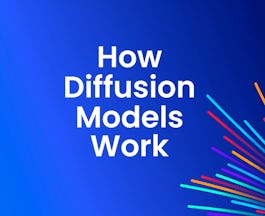 Status: Free
Status: FreeDeepLearning.AI
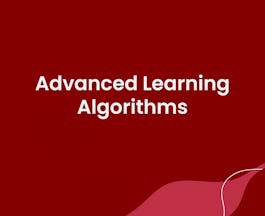
DeepLearning.AI
Skills you'll gain: Applied Machine Learning, Machine Learning, Machine Learning Algorithms, Algorithms, Artificial Neural Networks, Deep Learning, Network Model, Tensorflow, Machine Learning Software, Human Learning
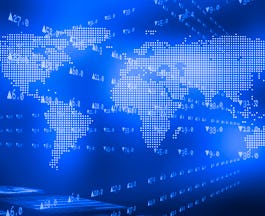
New York University
Skills you'll gain: Machine Learning, Human Learning, Machine Learning Algorithms, Algorithms, Finance, Regression, Statistical Machine Learning, Applied Machine Learning, Artificial Neural Networks, Deep Learning, Mathematics, Reinforcement Learning, Tensorflow

University of Illinois at Urbana-Champaign
Skills you'll gain: Data Analysis, Finance, Forecasting, Financial Analysis, Business Analysis, Investment Management, R Programming, Regression
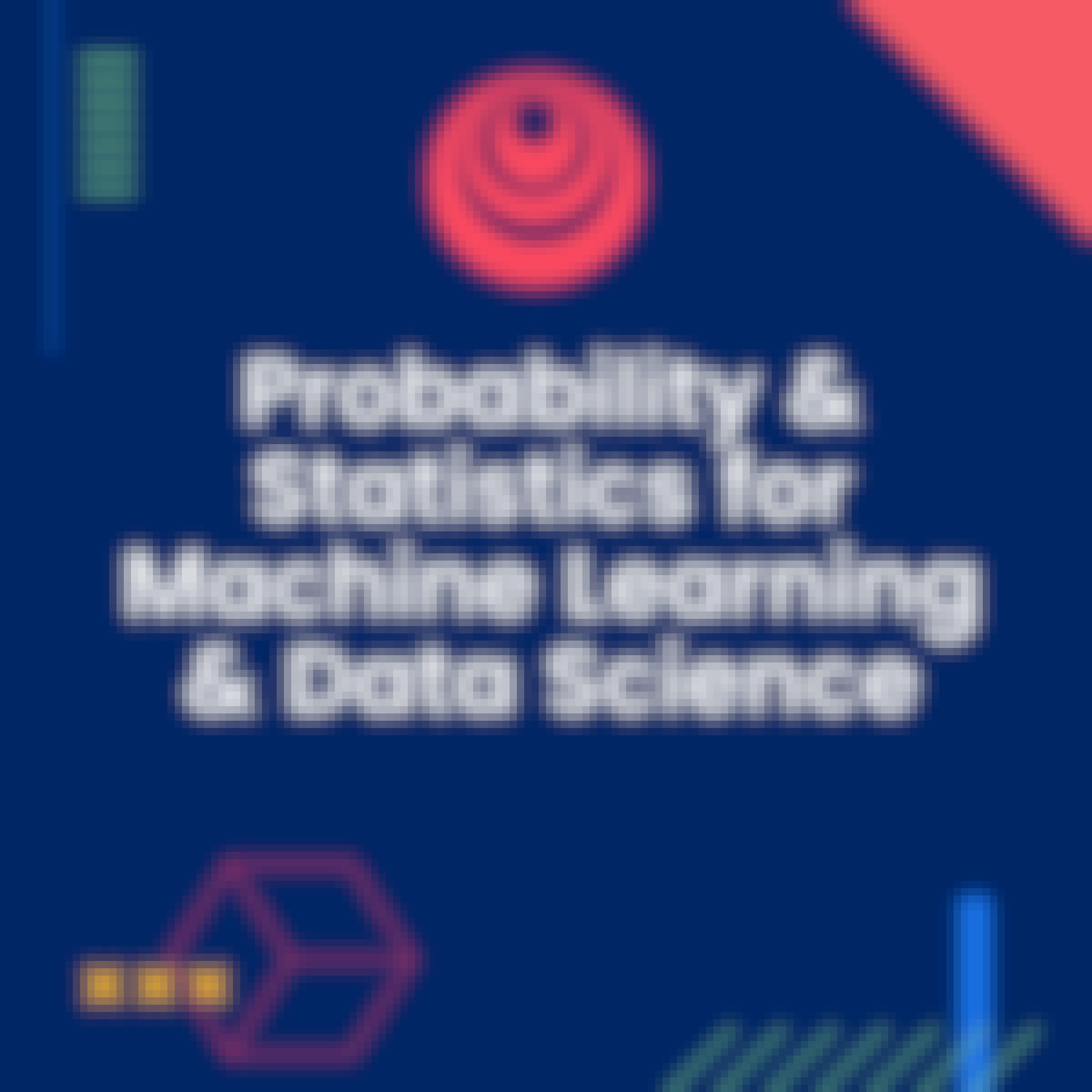
DeepLearning.AI
Skills you'll gain: General Statistics, Probability & Statistics, Statistical Analysis
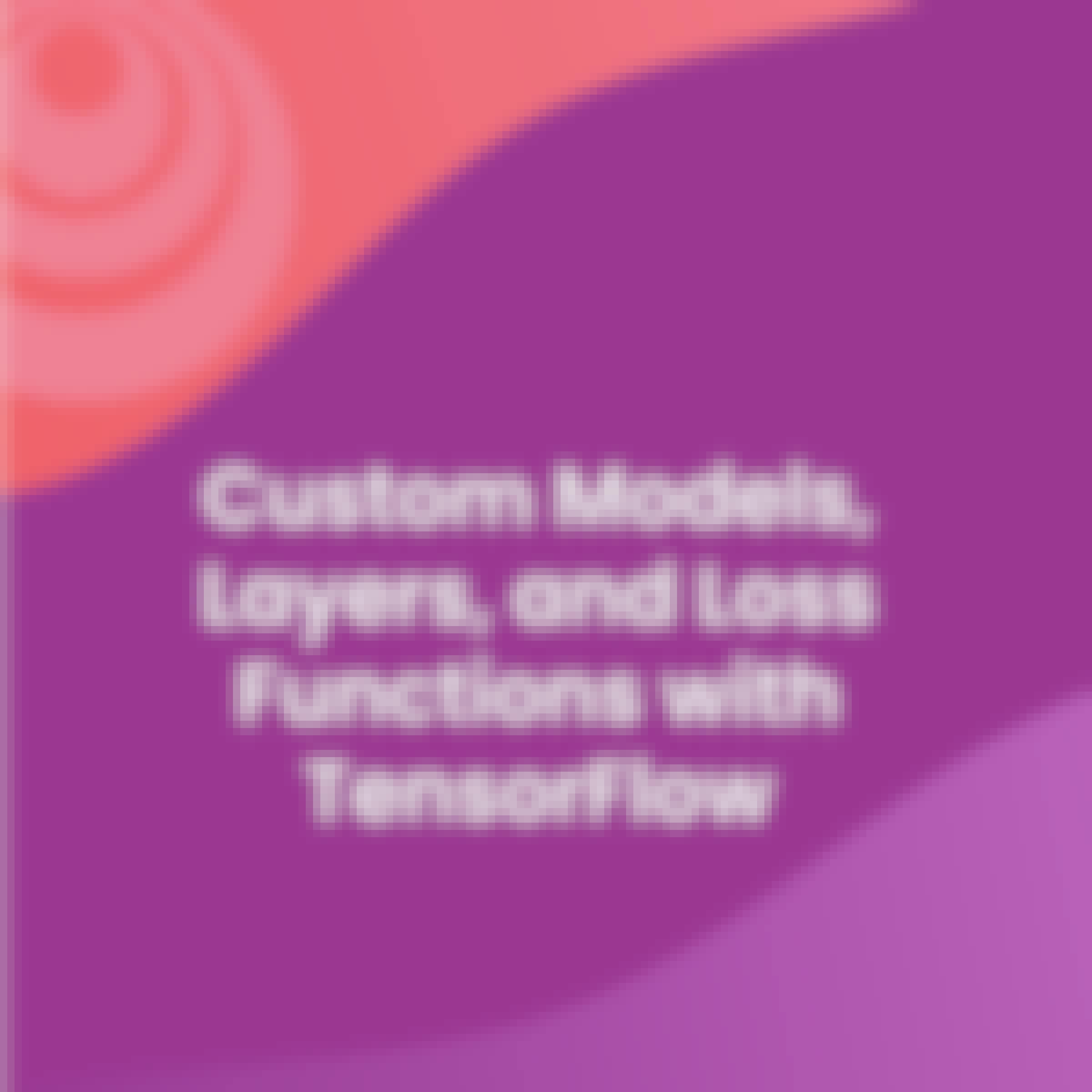
DeepLearning.AI
Skills you'll gain: Applied Machine Learning, Deep Learning, Machine Learning, Python Programming, Tensorflow, Artificial Neural Networks, Network Architecture, Network Model, Computer Programming, Machine Learning Algorithms

Indian School of Business
Skills you'll gain: Finance, Investment Management, Financial Analysis, Correlation And Dependence, Market Analysis, Performance Management, Statistical Analysis, Strategy
 Status: Free
Status: Free
New York University
Skills you'll gain: Reinforcement Learning
Searches related to algorithmic trading
In summary, here are 10 of our most popular algorithmic trading courses
- Tesla Stock Price Prediction using Facebook Prophet: Coursera Project Network
- Google Data Analytics: Google
- Innovations in Investment Technology: Artificial Intelligence: University of Michigan
- How Diffusion Models Work: DeepLearning.AI
- Advanced Learning Algorithms: DeepLearning.AI
- Machine Learning and Reinforcement Learning in Finance: New York University
- Applying Data Analytics in Finance: University of Illinois at Urbana-Champaign
- Probability & Statistics for Machine Learning & Data Science: DeepLearning.AI
- Custom Models, Layers, and Loss Functions with TensorFlow: DeepLearning.AI
- Creating a Portfolio : Indian School of Business










